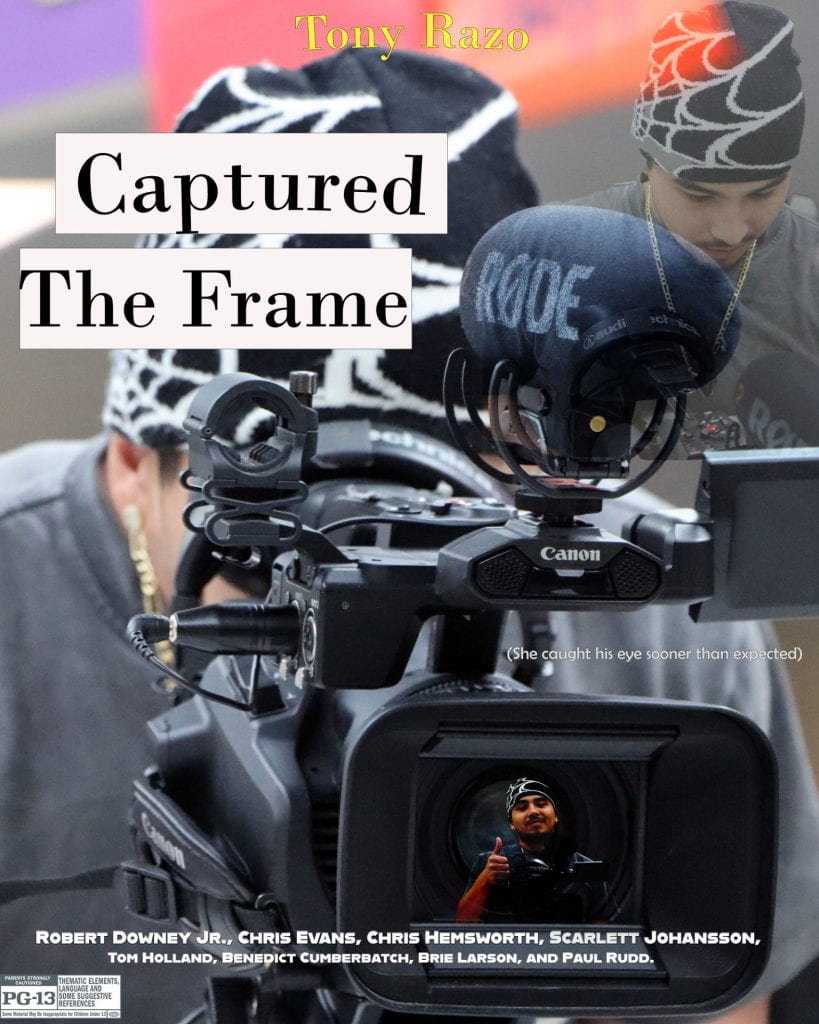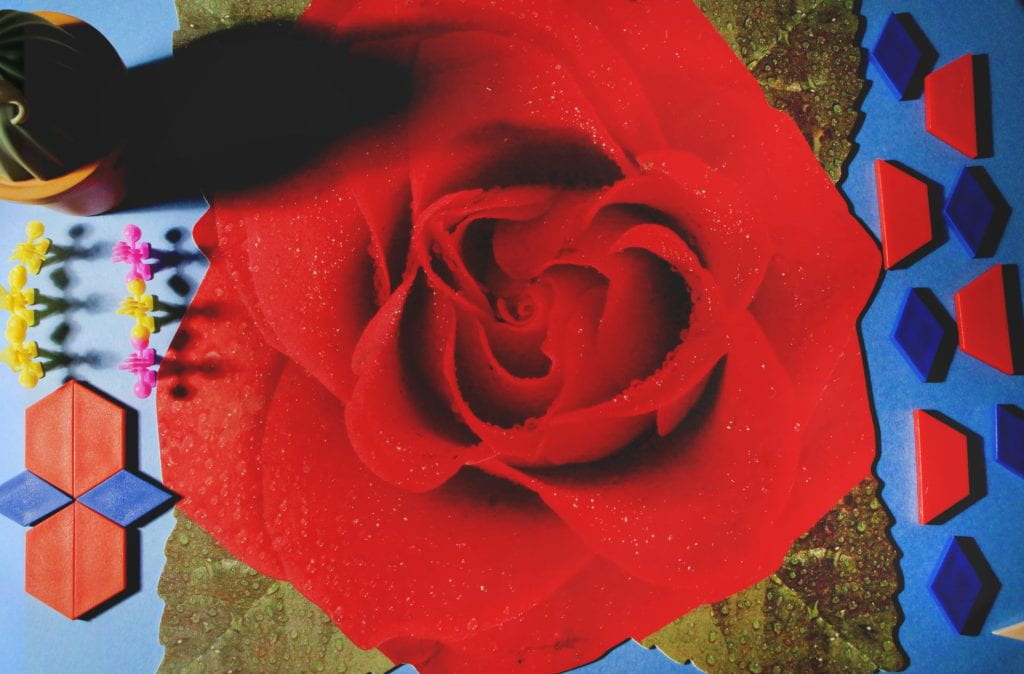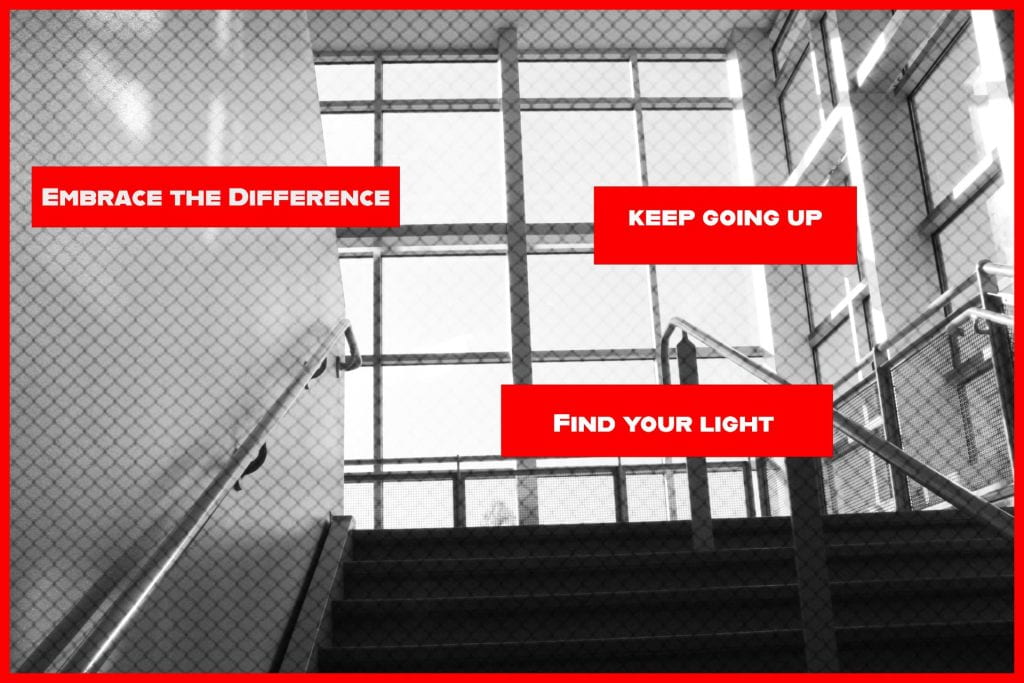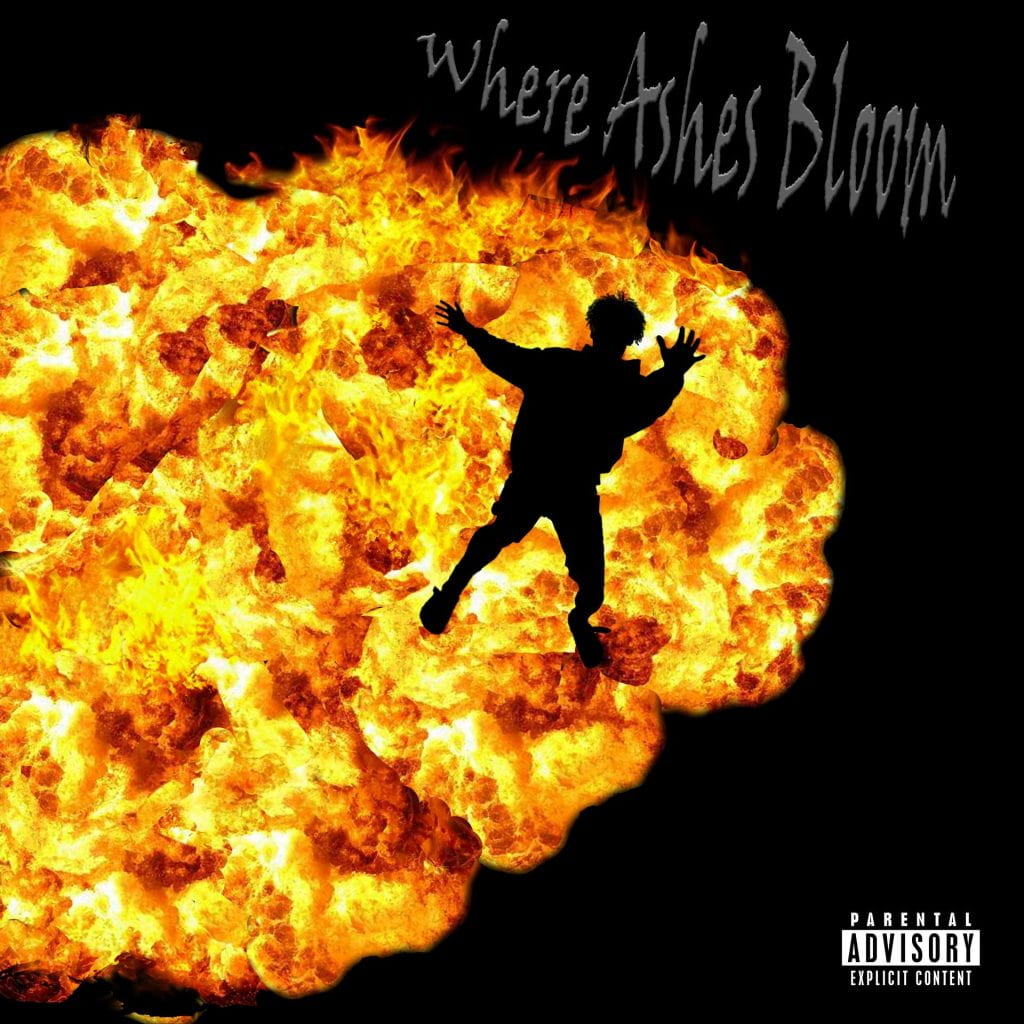Based on browsing B&H Photo Video, a retailer offering a wide variety of digital cameras, there is a vast selection to choose from. To narrow down the choices, consider what type of photography you plan to do.
Types of Digital Cameras:
-
DSLR (Digital Single-Lens Reflex): DSLRs are interchangeable lens cameras that offer high-quality images and a wide range of features. They are bulkier and more expensive than other camera types, but they provide the most control over your photography.
-
Mirrorless Interchangeable-Lens Cameras (MILCs): MILCs are similar to DSLRs in functionality but have a smaller, lighter body because they don’t have a mirror. They are a good choice for photographers who want a high-quality camera that is more portable than a DSLR.
-
Point-and-Shoot Cameras: Point-and-shoot cameras are compact and easy to use. They are a good choice for casual photographers who want a simple camera to take snapshots.
Factors to Consider When Choosing a Digital Camera:
-
Image Sensor Size: The larger the image sensor, the better the image quality, especially in low-light conditions.
-
Megapixels (MP): Megapixels refer to the resolution of the image sensor. More megapixels generally means higher quality images, but more megapixels also means larger file sizes.
-
ISO Settings: ISO is a measure of a camera’s sensitivity to light. Higher ISO settings allow you to take pictures in low-light conditions, but they can also introduce noise into your images.
-
Camera Modes: Most cameras offer a variety of camera modes, such as aperture priority, shutter priority, and manual mode. These modes give you more control over your photography.
-
Flash Settings: Consider whether you need a built-in flash or if you would prefer to use an external flash.
-
Interchangeable Lenses: If you plan on doing a variety of types of photography, you may want a camera with interchangeable lenses.
-
Battery Life: Consider how long you need your camera to last on a single charge.
-
Shutter Lag: Shutter lag is the time between when you press the shutter button and when the camera actually takes the picture. Less shutter lag is better for action photography.
Researching on B&H Photo Video:
By browsing B&H Photo Video’s selection of digital cameras, you can compare the features, specifications, and prices of different models. You can also read reviews from other photographers to get their insights on different cameras.
Conclusion:
The best digital camera for you will depend on your individual needs and budget. By considering the factors mentioned above and doing your research, you can choose a camera that will help you take great pictures.






